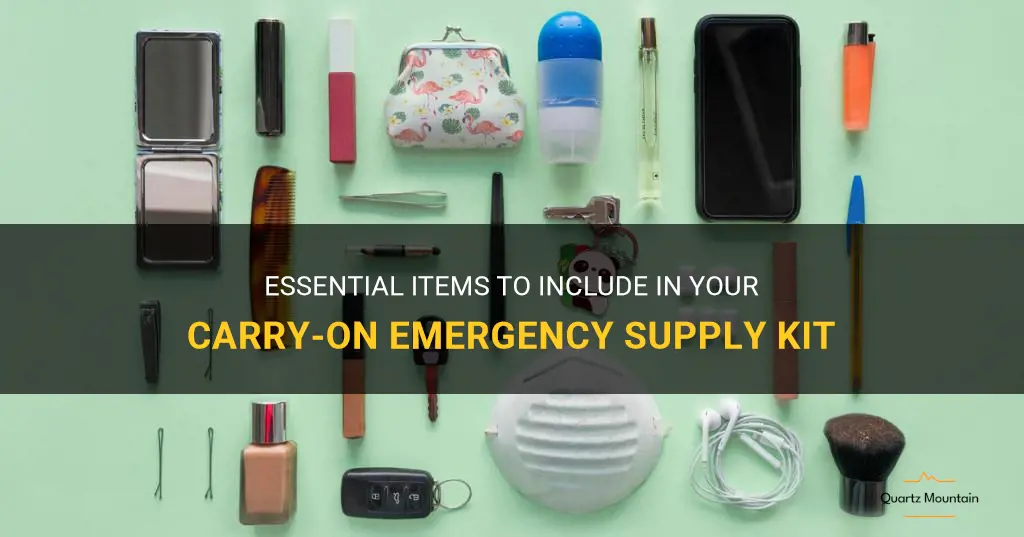
Whether you're traveling across the country or exploring the far corners of the globe, having a well-stocked emergency supply kit in your carry-on can mean the difference between a minor inconvenience and a major disaster. From unexpected flight delays to natural disasters, there are countless scenarios where having essential items at your fingertips can provide peace of mind and potentially save your life. In this article, we will explore the must-have items to include in your carry-on emergency supply kit, ensuring you're prepared for whatever may come your way during your travels.
What You'll Learn
- What are the essential items to pack in a carry-on emergency supply bag?
- How much food and water should I pack in my carry-on emergency supply?
- Are there any specific medications or first aid supplies that should be included in a carry-on emergency supply?
- What types of documents and personal identification should be included in a carry-on emergency supply?
- Are there any specific tools or supplies that should be included in a carry-on emergency supply, such as a flashlight or multi-tool?

What are the essential items to pack in a carry-on emergency supply bag?
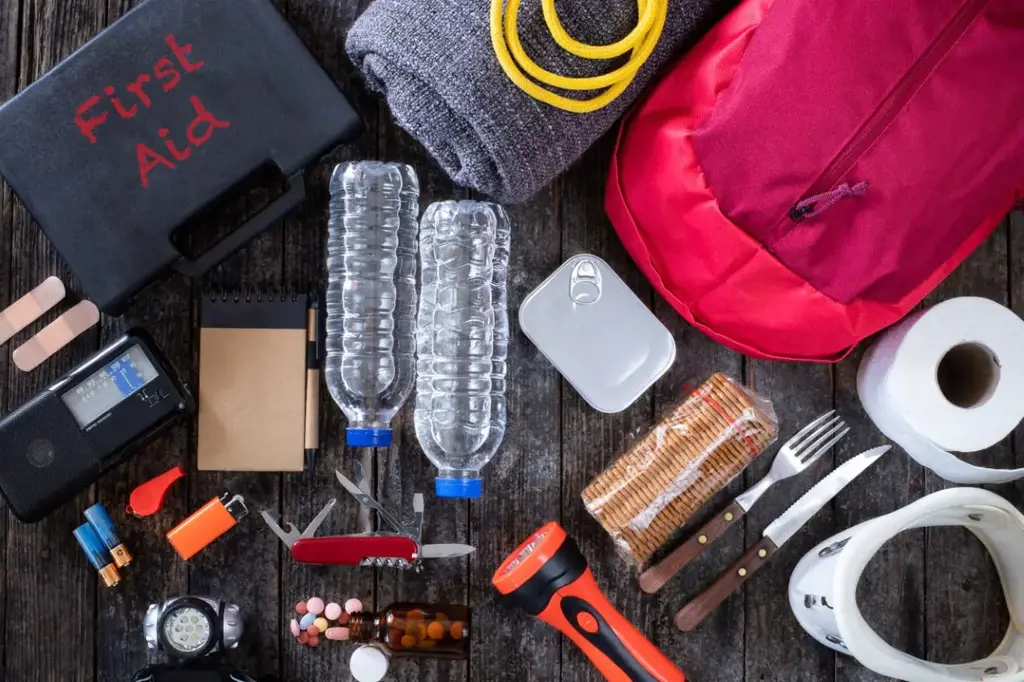
When traveling, it is always a good idea to be prepared for unforeseen emergencies, such as a flight delay, a lost luggage, or a natural disaster. One way to ensure your safety and survival during such situations is to pack a carry-on emergency supply bag. This bag should contain essential items that can help you stay safe and comfortable until help arrives or until the situation improves.
Here are some of the essential items you should consider packing in your carry-on emergency supply bag:
Water and water purification tablets:
Water is essential for survival, and it is important to stay hydrated during emergencies. Pack a few water bottles in your bag, as well as water purification tablets to purify any water you may come across.
Non-perishable food:
Pack non-perishable food items such as energy bars, nuts, and canned goods. These foods have a long shelf life and can provide you with the necessary nutrition during an emergency.
First aid kit:
A first aid kit is essential in any emergency situation. Make sure to pack bandages, antiseptic wipes, pain relievers, a thermometer, and any necessary prescription medications in your kit.
Flashlight and extra batteries:
In case of power outages, a flashlight can be a lifesaver. Pack a flashlight with extra batteries so you can navigate in the dark if needed.
Multi-tool:
A multi-tool can serve numerous purposes during emergencies. It can be used for cutting, opening cans, or even as a makeshift weapon for self-defense if necessary.
Cash:
It is always a good idea to have some cash on hand during emergencies. In case of power outages or credit card failures, cash can help you purchase necessary supplies or services.
Personal documents:
Keep important personal documents such as passports, identification, and insurance information in a waterproof bag. These documents are essential for travel and can help facilitate your return home or receive emergency assistance.
Extra clothing and blankets:
Pack a change of clothes, including warm clothing, in case of unexpected weather changes. Also, add a lightweight travel blanket to keep you warm during colder temperatures.
Personal hygiene items:
Pack travel-sized toiletries such as toothbrush, toothpaste, soap, and hand sanitizer. These items may seem basic, but they will help you maintain cleanliness and prevent the spread of germs during an emergency.
Emergency contact list:
Create a list of emergency contacts, including family members, friends, and local authorities. Include their phone numbers, addresses, and any relevant information that may be needed during an emergency.
Remember, the contents of your carry-on emergency supply bag can vary depending on your specific needs, location, and the nature of the emergency. It is important to regularly evaluate and update your bag to ensure that you are always prepared for any situation. Stay safe, and happy travels!
Essential Items to Pack for Your Trip to Belize
You may want to see also

How much food and water should I pack in my carry-on emergency supply?
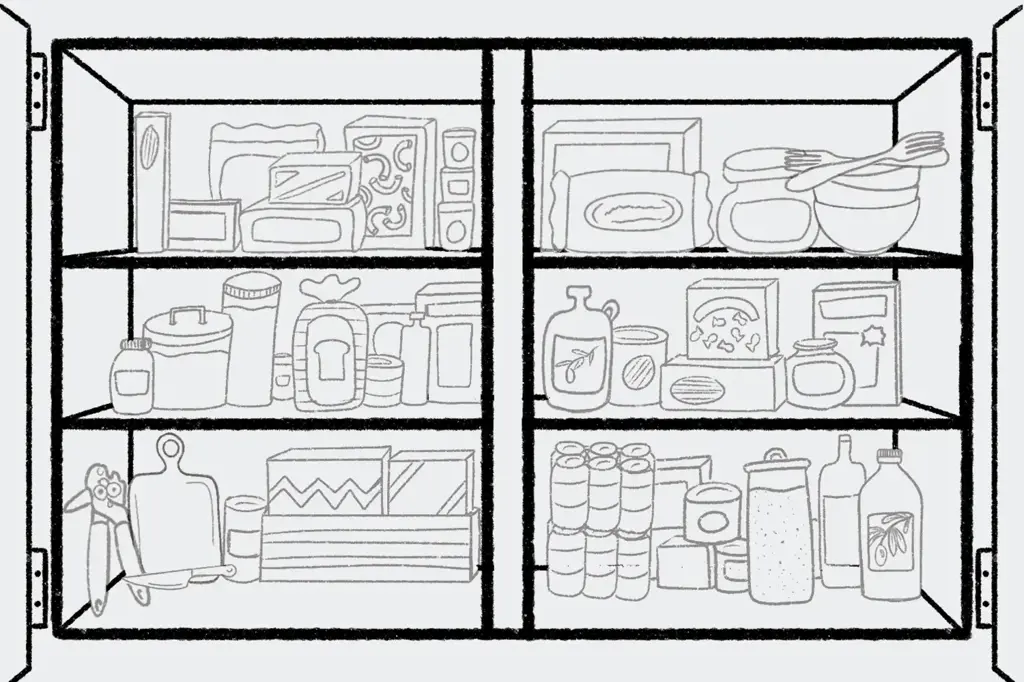
When it comes to packing an emergency supply in your carry-on bag, it's important to consider how much food and water you should bring. In emergency situations, access to food and water may be limited, so it's crucial to be prepared.
Water is the most essential item to have in your emergency supply. The general recommendation is to have at least one gallon of water per person per day for drinking and sanitation purposes. If you're on a long flight or traveling to an area with limited water resources, it may be wise to bring even more water. However, it's important to check with the airline about their restrictions on carrying liquids, as there may be limitations on how much water you can bring on board.
When it comes to food, it's important to choose items that are non-perishable and easy to eat. Granola bars, dried fruit, nuts, and canned goods are all good options. It's a good idea to pack enough food to last at least a day or two, but you can also opt for longer-lasting options if you have the space in your carry-on bag.
In terms of quantity, it's a good rule of thumb to have at least 2,000 calories worth of food per person per day. This number may vary depending on your age, gender, and activity level, so it's a good idea to adjust accordingly. It's also important to consider any dietary restrictions or allergies when selecting your emergency food items.
In addition to water and food, it's also a good idea to pack some essential tools and supplies. This can include a first aid kit, a flashlight, a multi-tool, and extra batteries. These items can come in handy in emergency situations and can help you stay safe and prepared.
When packing your emergency supply in your carry-on bag, it's important to choose items that are lightweight, compact, and easy to carry. Space may also be limited, so be mindful of what you choose to pack.
In conclusion, when it comes to packing food and water in your carry-on emergency supply, it's important to have at least one gallon of water per person per day and enough food to last at least a day or two. It's also important to consider any dietary restrictions and choose non-perishable, easy-to-eat items. Don't forget to pack essential tools and supplies as well. By being prepared and having the necessary supplies, you can ensure your safety and well-being in emergency situations.
The Ultimate Guide: What to Pack for a Summer Trip in Europe
You may want to see also

Are there any specific medications or first aid supplies that should be included in a carry-on emergency supply?
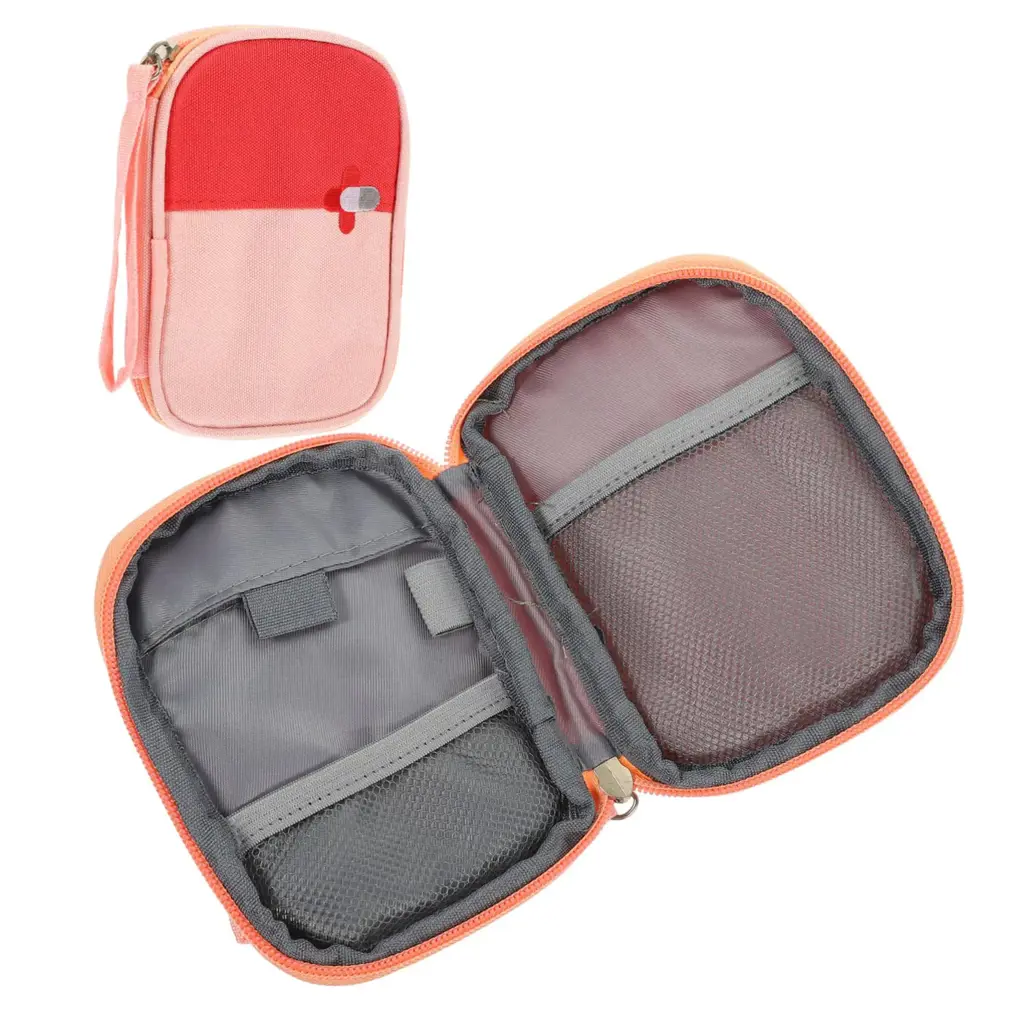
In case of an emergency while traveling, it is essential to have a well-stocked carry-on emergency supply with you. This supply should include specific medications and first aid supplies that can help you deal with common travel-related ailments or injuries. Here are some items you should consider including in your carry-on emergency supply:
- Pain relievers: Pack over-the-counter pain relievers like acetaminophen or ibuprofen. These medications can help alleviate headaches, muscle aches, or pain caused by minor injuries.
- Antihistamines: Allergies can strike anytime, and exposure to new environments or allergens can trigger an allergic reaction. Including antihistamines such as diphenhydramine or loratadine in your emergency supply can help manage allergy symptoms like itching, sneezing, or hives.
- Motion sickness medication: If you are prone to motion sickness during flights or other modes of transportation, consider including motion sickness medication like dimenhydrinate or meclizine in your supplies. These medications can help alleviate symptoms such as nausea or dizziness.
- Antibacterial ointment: It's important to prevent infection when you have minor cuts or scrapes. Including a small tube of antibacterial ointment like Neosporin can help protect wounds and promote faster healing.
- Adhesive bandages: Pack a variety of adhesive bandages of different sizes to cover small cuts or blisters. These bandages can provide protection and prevent further injury.
- Gauze pads and tape: In case of larger wounds or injuries, having gauze pads and medical tape in your emergency supply can help you provide temporary or initial first aid before seeking professional medical help.
- Tweezers: Tweezers are handy tools to have in your emergency supply. They can help remove splinters, foreign objects, or insect stingers from your skin.
- Thermometer: In case you or a fellow traveler falls sick, having a reliable thermometer can help monitor body temperature and determine if medical attention is necessary.
- Prescription medications: If you have any pre-existing medical conditions or take prescribed medications, ensure that you have an adequate supply of them in their original packaging. It is also recommended to carry a copy of your prescription or a note from your healthcare provider explaining the necessity of the medication.
- Basic first aid guide: While you may have some first aid knowledge, having a basic first aid guide can be helpful in case you need to administer first aid to yourself or others. It can provide guidance on how to handle different types of injuries or medical emergencies.
Remember to check the expiration dates of all medications regularly and replace them as needed. It's also crucial to familiarize yourself with the travel restrictions and rules regarding medication and medical supplies in the countries you plan to visit.
Having a well-prepared carry-on emergency supply can provide peace of mind during your travels, knowing that you are equipped to handle common medical issues or injuries that may arise.
Essential Items to Pack for Your Trip to Kathmandu
You may want to see also

What types of documents and personal identification should be included in a carry-on emergency supply?
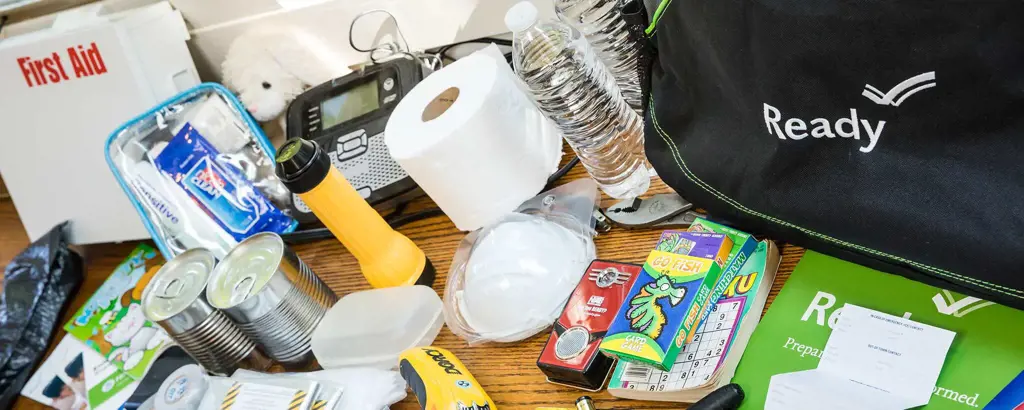
In an emergency situation, it is essential to have a preparedness kit that includes essential documents and personal identification. These documents and identification are crucial for your safety and well-being, as well as for any necessary transactions or communication during an emergency. In this article, we will discuss the types of documents and personal identification that should be included in a carry-on emergency supply, and why they are important.
Passport or ID card:
Your passport or ID card is the most important document to carry with you during an emergency. It serves as proof of your identity and nationality, which may be required for accessing various services and facilities. If you are traveling internationally, your passport is a must-have document.
Driver’s license or state identification card:
Even if you are not planning to drive during an emergency, having your driver's license or state identification card is beneficial. It provides additional proof of identity and may be required for various purposes, such as renting a vehicle or verifying your age.
Health insurance card:
During an emergency, having access to healthcare services is crucial. Carry your health insurance card, which provides information about your insurance coverage, enabling you to receive prompt medical attention if needed.
Emergency contact list:
Prepare a list of emergency contacts, including family members, friends, and healthcare providers. Include their names, phone numbers, and any other relevant information. This list will come in handy if you need to inform someone about your whereabouts or seek assistance.
Medication list:
If you have any pre-existing medical conditions or take regular medications, create a medication list. Include the names of the medications, dosages, and instructions. This list will be useful if you need medical assistance or if you run out of medication during an emergency.
Copies of important documents:
In addition to carrying the original documents mentioned above, it is prudent to have copies of essential documents such as your birth certificate, marriage certificate, social security card, and any other documents that are difficult to replace. Keep these copies in a separate location from the originals to avoid losing them all at once.
Cash and credit cards:
During emergencies, access to cash may be limited, and electronic payment systems may be disrupted. Therefore, it is essential to have some cash on hand. Additionally, carry one or two credit cards to cover any unforeseen expenses that may arise during an emergency.
Emergency kit inventory and documents:
If you have assembled an emergency supply kit, it is crucial to include an inventory of the items in the kit along with any important documents related to the kit. This inventory will help you keep track of the supplies and ensure that essential items are not missing or expired when needed.
In conclusion, having the correct documents and personal identification in your carry-on emergency supply is essential for your safety and well-being during an emergency. These documents serve as proof of your identity and provide access to vital services. Make sure to include your passport or ID card, driver's license, health insurance card, emergency contact list, medication list, copies of important documents, cash and credit cards, and an inventory of your emergency kit. By being prepared with these documents, you can navigate through emergencies more efficiently and ensure a smoother recovery process.
What to Leave Behind: Items to Avoid Packing for Your Study Abroad in Ireland
You may want to see also

Are there any specific tools or supplies that should be included in a carry-on emergency supply, such as a flashlight or multi-tool?
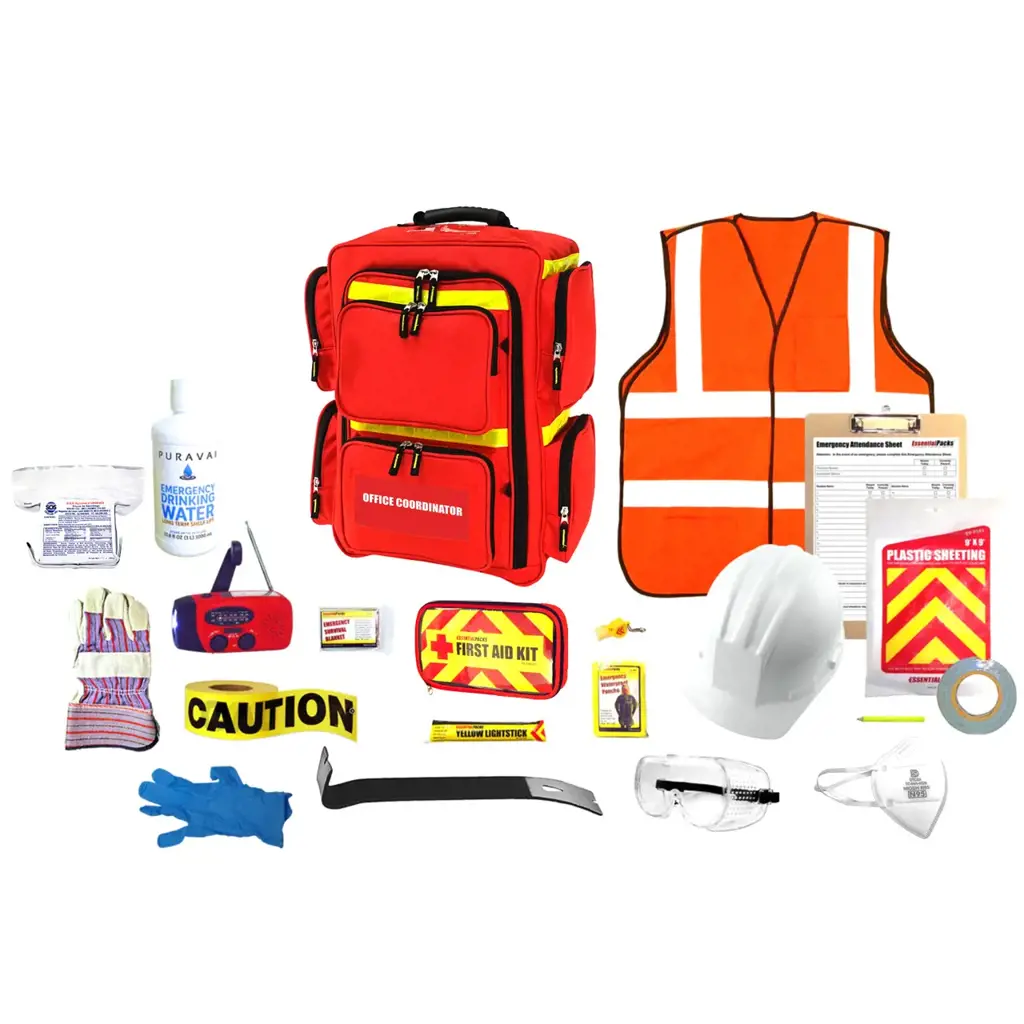
In case of an emergency while traveling, it is always wise to have a well-stocked carry-on emergency supply. This supply should include essential tools and supplies that can help you navigate through unexpected situations. While the specific items may vary depending on your personal needs and the nature of your travel, there are a few key tools and supplies that are generally recommended for inclusion in a carry-on emergency supply.
- Flashlight: A reliable flashlight is a crucial tool to have in your carry-on emergency supply. It can help you navigate in the dark, signal for help, or inspect your surroundings. Opt for a compact, lightweight flashlight with long battery life or consider a solar-powered one.
- Multi-tool: A multi-tool is a versatile device that combines various tools into one compact unit. It typically includes features such as a knife, screwdriver, can opener, and pliers. A multi-tool can be immensely useful in various emergency situations, such as fixing broken items or opening cans of food.
- First aid kit: A well-stocked first aid kit is essential in any emergency situation. It should include bandages, antiseptic wipes, pain relievers, tweezers, and any necessary medication specific to your needs. Make sure to periodically check and replenish your first aid kit to ensure that all supplies are up to date.
- Emergency whistle: An emergency whistle can be a lifesaver in situations where you need to attract attention. It is a small, lightweight tool that can produce a loud sound, making it easier for rescuers to locate you. Look for a whistle with a built-in compass for added functionality.
- Portable charger: In today's digital age, having a portable charger is essential. It can help keep your devices powered up and enable you to communicate and access information during an emergency. Opt for a charger with a high power capacity and multiple USB ports to charge multiple devices simultaneously.
- Personal hygiene items: While not as critical as the tools mentioned above, personal hygiene items can provide comfort and hygiene in emergency situations. Pack items such as travel-sized toiletries, wet wipes, hand sanitizer, and tissues.
- Emergency blanket: An emergency blanket, also known as a space blanket, is a lightweight, heat-reflective blanket that can help keep you warm in cold temperatures. It is typically made of a thin, metallic material that reflects your body heat back to you. Emergency blankets are compact, easy to carry, and can be a vital source of warmth in adverse conditions.
- Water and food: It is wise to carry a small supply of water and non-perishable food items in your carry-on emergency supply. Pack bottled water or water purification tablets and choose foods that are high in energy and have a long shelf life, such as granola bars, nuts, or dried fruits.
Remember to check with the Transportation Security Administration (TSA) for any restrictions on carrying specific tools or supplies on airplanes. Additionally, it is important to periodically check and update your carry-on emergency supply to ensure that all items are in good working condition and have not expired.
In conclusion, a well-prepared carry-on emergency supply should include tools and supplies that can help you navigate through unexpected situations. Flashlights, multi-tools, first aid kits, emergency whistles, portable chargers, personal hygiene items, emergency blankets, and water and food are some essential items to consider including. Customize your carry-on emergency supply based on your personal needs and the nature of your travel to ensure you are prepared for any emergency that may arise.
The Essential Clothing Items to Pack for Your Newborn Baby in the Hospital
You may want to see also
Frequently asked questions
When packing your carryon bag for emergency supplies, it's important to include essential items that can help you in case of an emergency. This may include a flashlight, extra batteries, a portable phone charger, a first aid kit, energy bars or non-perishable snacks, a reusable water bottle, a multi-purpose tool, a whistle, and a small amount of cash.
A flashlight is an essential item to have in your carryon emergency supplies because it can provide light in situations where there may be a power outage or a lack of lighting. It can help you navigate through dark areas and provide necessary visibility in emergency situations.
Your first aid kit should include basic medical supplies such as adhesive bandages, gauze pads, antiseptic wipes, pain relievers, tweezers, and any necessary prescription medications. It's also a good idea to include any personal items that you may need, such as allergy medication or an EpiPen.
It's recommended to carry a small amount of cash in your carryon emergency supplies, as it can be useful in situations where electronic payments may not be possible or accessible. You can carry a mix of small bills and coins, enough to cover any immediate expenses or purchases that may arise during an emergency.
While there aren't specific regulations or restrictions on what you can pack in your carryon emergency supplies, it's important to be mindful of airport security guidelines. Make sure all items comply with the Transportation Security Administration (TSA) regulations and are allowed on the plane. It's also a good idea to check with the airline you're flying with to see if they have any additional restrictions or guidelines for carryon items.







